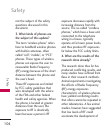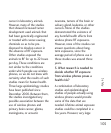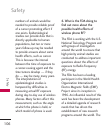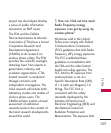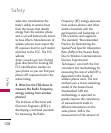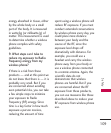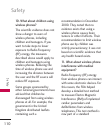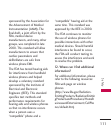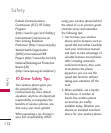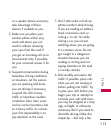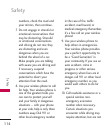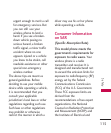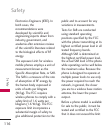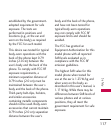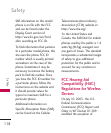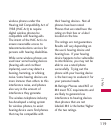
Safety
112
Safety
Federal Communications
Commission (FCC) RF Safety
Program
(http://www.fcc.gov/oet/rfsafety)
International Commission on
Non-lonizing Radiation
Protection (http://www.icnirp.de)
World Health Organization
(WHO) International EMF
Project (http://www.who.int/emf)
National Radiological Protection
Board (UK)
(http://www.hpa.org.uk/radiation/)
10 Driver Safety Tips
Your wireless phone gives you
the powerful ability to
communicate by voice almost
anywhere, anytime. An important
responsibility accompanies the
benefits of wireless phones, one
that every user must uphold.
When operating a car, driving is
your first responsibility. When
using your wireless phone behind
the wheel of a car, practice good
common sense and remember
the following tips:
1. Get to know your wireless
phone and its features such as
speed dial and redial. Carefully
read your instruction manual
and learn to take advantage of
valuable features most phones
offer, including automatic
redial and memory. Also, work
to memorize the phone
keypad so you can use the
speed dial function without
taking your attention off the
road.
2. When available, use a hands-
free device. A number of
hands-free wireless phone
accessories are readily
available today. Whether you
choose an installed mounted
device for your wireless phone



